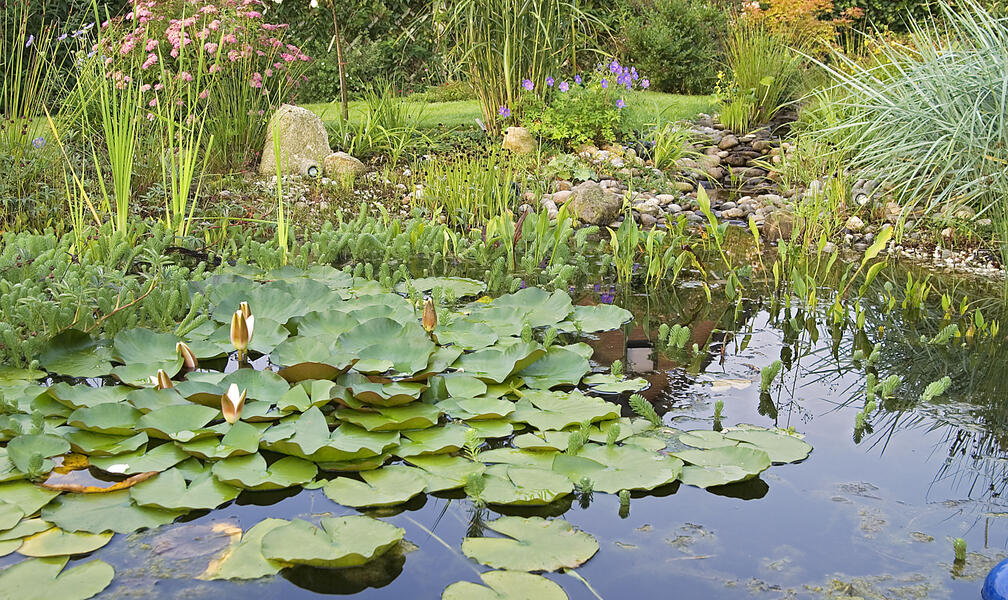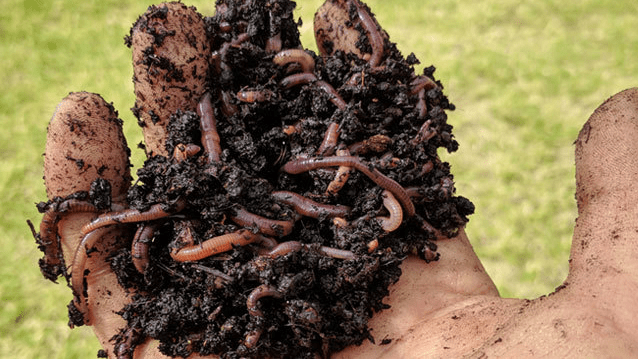I used to wonder why my water lilies never bloomed. The leaves looked healthy enough, floating peacefully on the surface of my little garden pond—but no flowers, not even a hint. It was frustrating. I always thought water lilies just bloomed on their own, but it turns out they’re a bit fussier than I expected.
First thing I learned? They absolutely love the sun. I wasn’t giving them nearly enough of it. Water lilies need around six hours of direct sunlight each day. Mine were in a spot that only got morning light, and that just wasn’t cutting it.
Then there was the water itself. I had a little fountain in the pond—thought it added a nice touch—but apparently, lilies aren’t fans of all that movement. They prefer calm, still water. As soon as I turned the fountain off, things started improving.
Another big mistake I made was planting them too deep. I didn’t even realize that mattered, but it does. When they’re too deep, they struggle to grow. Too shallow, and they go wild with leaves but still no flowers. Finding the sweet spot made all the difference.
Oh, and overcrowding! I had several lilies in one section, and they were all fighting for space. Their leaves weren’t even lying flat anymore—they were sticking up out of the water. Someone told me that when that happens, it’s time to take them out and divide the roots. It sounds like a hassle, but once I did it (before August, mind you), they had room to breathe again—and they finally started to bloom.
One last thing: I hadn’t fertilized them at all. I figured the pond water would be enough, but nope. Now, at the beginning of each season, I push a couple of those slow-release fertilizer sticks into the soil in their baskets. That way, the nutrients go straight to the roots, without turning the whole pond into a green soup.
It took a bit of trial and error, but once I got those things right—sunlight, still water, proper depth, space, and food—my water lilies finally started blooming like they were meant to. And let me tell you, it was worth the wait.
No other aquatic plant is as impressively beautiful and elegant as the water lily. But only when water lilies feel at home do they enchant the pond with their glorious blossoms.
To encourage water lilies to bloom richly, the pond should receive at least six hours of sunlight per day and have a calm surface. Fountains or water jets are not at all to the liking of the queen of the pond. Make sure to observe the required water depth (see label). Water lilies planted too deep will languish, while those that are too shallow will grow excessively across the water’s surface.
Above all, if water lilies are in water that’s too shallow, they’ll produce only leaves and no flowers. This also happens if the plants are overcrowded. Often, the leaves will no longer lie flat on the water, but instead stick up above it. The only solution is to remove the plants and divide the root rhizomes – and do so by August at the latest, so they have time to take root before winter.
If blooming still fails, a lack of nutrients could be the cause. Feed water lilies in planting baskets at the start of the season – ideally with special slow-release fertilizer spikes that are simply pushed into the soil. This way, the water isn’t unnecessarily enriched with nutrients, and the water lilies can once again display their full splendor.
The answer to “When Water Lilies Don’t Bloom” lies in several key factors that affect their growth and flowering. Here’s a summary of the reasons why water lilies might not bloom:
- Lack of Sunlight: Water lilies need at least six hours of direct sunlight per day. Without enough sun, they won’t have the energy to produce flowers.
- Too Much Water Movement: They prefer calm water. Fountains or water jets disturb the surface, which they dislike.
- Incorrect Water Depth: If planted too deep, they struggle to grow. If too shallow, they might overgrow and produce only leaves.
- Overcrowding: If lilies are too close together, they compete for space and light, which can prevent blooming. Leaves sticking up instead of lying flat is a sign of this.
- Lack of Nutrients: Water lilies in poor soil or without fertilizer may suffer from nutrient deficiency, especially if they’re in containers. They need to be fertilized with slow-release fertilizer at the start of the growing season.
- Timing of Division: If you need to divide the plant (due to overcrowding), it must be done by August, so the plant has time to re-establish before winter.
In short: water lilies need the right sunlight, water depth, space, stillness, and nutrients to bloom beautifully.










